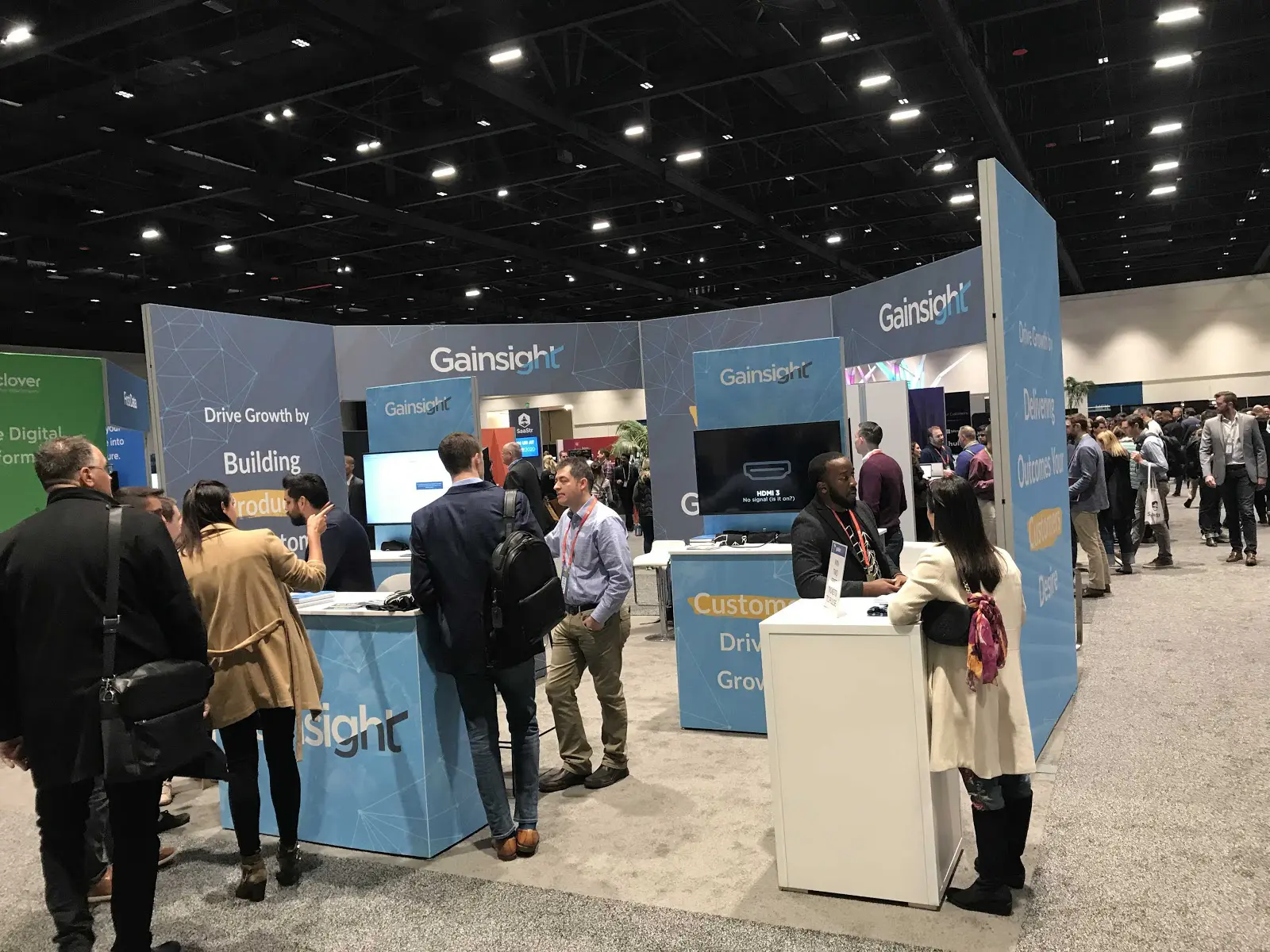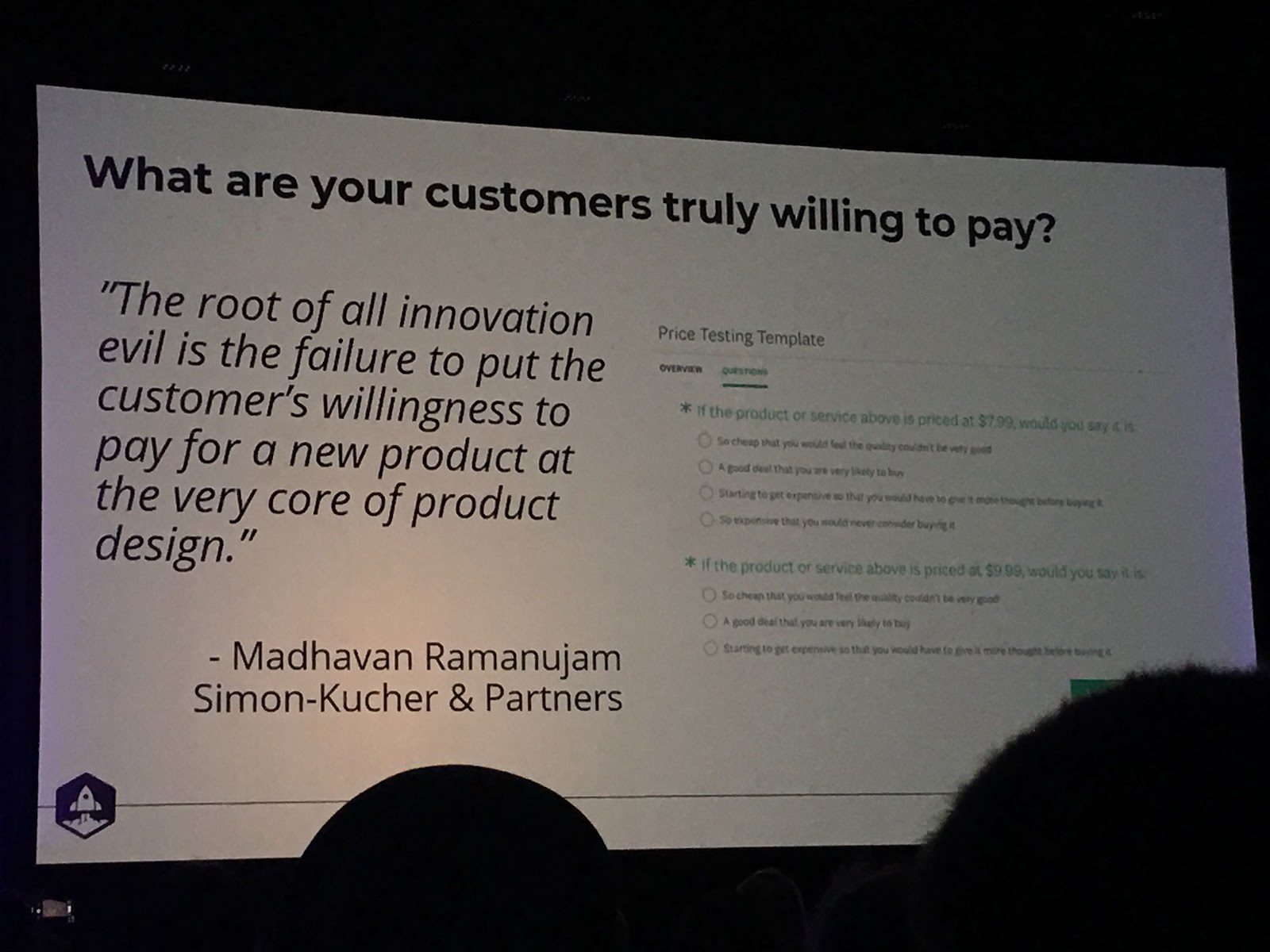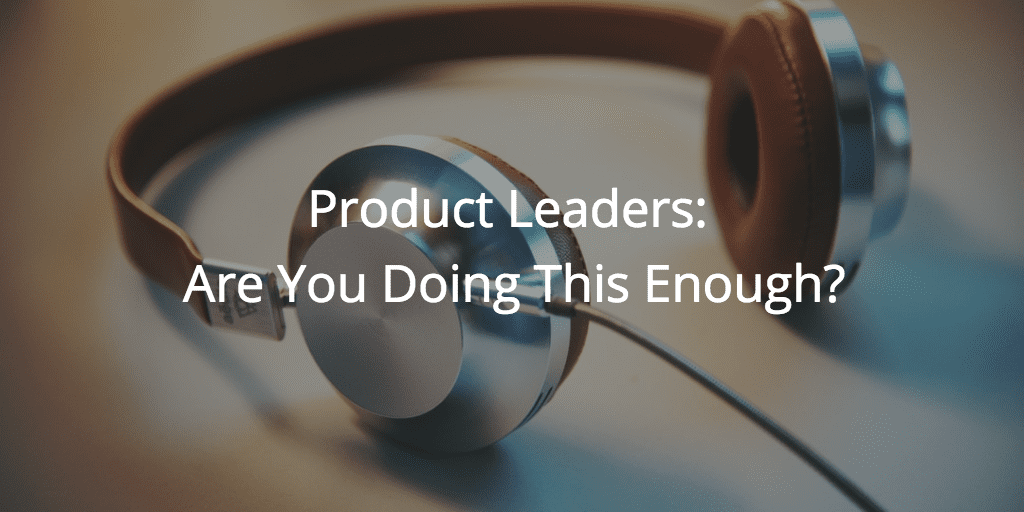There’s a best practice that sets apart the most successful products from the rest and it’s simpler than you think.
Back in February, I attended SaaStr 2019 in San Jose. If you stopped by the Expo Hall, you might have seen me with the rest of the Gainsight crew at our booth. This year was especially fun because not only was I there to learn, I was there to spread the word about our product experience platform, Gainsight PX.

Gainsight and Gainsight PX booth at SaaStr 2019
While at SaaStr, I noticed a common theme—and it’s something I’m really excited about:
If you want to build a better product, you need to actively seek out what your users find valuable.
This is nothing new. And I’ll be honest, it seems like common sense, but according to Pragmatic Marketing’s 18th Annual Product Management and Marketing Survey, product team members spend twice as much time with development as with the market. And when respondents were asked if they could say one thing to their CEO without fear of retribution, one stated, “[We need to] spend 20% more time thinking about what is right for the customer and 20% less time only talking about the revenue.”
2019 marks an important moment in time not just for product leaders, but for entire companies. The race to become more customer-centric is on. The following are best practices that all product leaders should adhere to, inspired by the fantastic speakers at SaaStr.
What a user wants, what a user needs
The session, “Building Consumer Grade Enterprise Products with InVision, Box, Google Maps and Crunchbase,” was a fantastic reminder of how important it is to build with your users in mind. So many departments and voices are involved in user experience these days and each has their own goals and needs. It happens to the best of us—with so many stakeholders, your product will inevitably take on developments that don’t align with end-user needs.
Bela Stepanova, director of product at Box, emphasized how important it is to research reasons why prospects did not buy from you. Where did you fall short and how can you improve? To accurately answer this, you need both qualitative and quantitative data. See what users are saying on social media, have a regular cadence of calls with customers and end users, and study usage data. The better the experience, the better the value, the more your users will come back for more. Shanee Ben-Zur, head of marketing at Crunchbase, recommended measuring success in active users while Craig Villamor, design director of Google Maps, emphasized that the business impact of getting UX right is renewals.
Building for the end user also gets the attention of investors. Stepanova shared that user’s needs have dictated that mobile is a requirement for enterprise products. Therefore, web-based products that are looking for funding will have a better chance if they have mobile functionality. Know your users and it’ll pay back in more ways than you know.
Your best resource is an email away
Can’t talk to your customers? You’ve got the next best thing in house: your customer-facing teams! Marketing, customer success, and sales teams all have a different piece to the “holistic customer view” puzzle. These teams have quantitative and qualitative data and anecdotes that can be very enlightening.
In the session, “Lessons from Survey Monkey: 7 Tips For Using Customer Feedback To Build Rabid Fans And Make More Money,” Leela Srinivasan, CMO at Survey Monkey, shared how to put customer feedback into action. Knowing what your customers want from your product will help you prioritize developments, measure the effectiveness of new features, and create a data-driven roadmap.

Slide from Leela Srinivasan’s session at SaaStr 2019
The benefit of customer feedback is enormous. Srinivasan shared that customer feedback can also be used to inform pricing and packages, pinpoint customer advocates, build customer advisory councils, and create experiences inside and outside of your product that delight users. But be warned, the worst mistake you can make is asking for feedback and not acting on it. If you have that goldmine of information, tap into it ASAP.
Don’t let distance get in your way
It’s very common nowadays for product and engineering teams to be distributed across offices, states, or even countries. On top of that, more and more people are becoming remote employees—23% of employees reported doing some of their work remotely. These factors can make it difficult to stay aligned on little things, let alone the broader concept of being more customer-centric. And if it’s challenging to stay connected with your own team, think about just how hard it is to break the silos down so you can get all that awesome customer feedback and data I mentioned above.
“Engineering Your Own”Luck”: The 3 Key Rules of Building Globally Distributed Teams with Eventbrite” was an insightful session by Pat Poels, SVP of platform at Eventbrite. Poels heads an engineering team of 300+ members across North America, South America, and Europe. Here’s a brief summary of the three rules he shared:
- Observe and adjust. You won’t get everything right on the first try. See what works and build on those to get the most value.
- Hire smart. Bring leaders onto your team that you can trust, then get out of their way. Sometimes when you lead a distributed team, you can become a bottleneck.
- Treat everyone as equals. Give out trust, autonomy, and important work equally. If you don’t, you lost excitement and dedication from the neglected teams and hiring will suffer.
Ready, set, go listen to your customers!
Your network is talking about it. Thought leaders are talking about it. If you’re not actively working to be more customer-centric, you’re falling behind. Now is the time to take action.
Why do people buy our product? When do they stop using it? Product leaders should be asking themselves questions like these. Pull in your customer-facing teams and utilize their knowledge to add color to your answers. Explain the importance of a customer-centric mindset to your team then divide and conquer.
What I love about attending events like SaaStr is that I always leave amped up to change my business for the better. It can’t be just me, right?
If you’re looking to cultivate this type of excitement in your team while empowering them with a customer-centric mindset at the same time, I highly suggest checking out Pulse 2019. It’s the event for customer-centric product teams to learn and grow their network.
I’ve taken on the task of building out a lineup of amazing product thought leaders and it won’t disappoint. Especially if you’re a distributed team, I can’t think of a better way for you to invest in your team’s wellbeing than bringing them together for this event.

